Prime Canafistula For Sale
Cassia fistula pods wholesaler, supplier and exporter.
ACPFOOD is where you can buy this product. We provide and sell bulk Canafistula with the best quality to wholesalers, manufacturers and retailers. We purchase high quality Purging cassia pods directly from farmers and you can buy it from us with the best price.
To order this product, please contact us.
About Canafistula
Canafistula is the fruit of a tree whose height reaches fifteen meters.
The leaves of this tree grow in compound form and include almond-shaped, elongated, and pointed leaflets that grow reciprocally.
The flowers of this tree are yellow and grow in clusters. Each flower has five egg-shaped and completely separate petals and long, sickle-shaped stamens.
The fruits of the Cassia fistula tree are very long and cylindrical pods that are green at first but turn very dark brown and blackish after fully ripening. The skin of these pods is hard, woody and slightly shiny. Between each fruit of this tree there are thin and wooden curtains that are placed transversely and parallel. There is a small, empty space between both curtains, and in each space, there is a brown, small, egg-shaped, and usually pointed seed.
Behind each curtain is a dark, thick, and frozen extract, which comes out of its fruit. This honey shaped extract has a sweet and unpleasant taste and a bad smell.
The best Canafistula is completely ripe with a black, shiny, and thin skin and a lot of extract which has mild smell and sweet taste.
Temperament: First degree of hot and moist
Chemical Constituents
Part of plants such as stem, leaf, and flower contains different types of constituents, and such types of constituents have proven therapeutics role in health care. Previous finding has reported that stem bark of C. fistula is a chief source of lupeol, ß-sitosterol, and hexacosanol.
Fruits and flower of C. fistula are a source of important ingredients, and those ingredients show role in health management. A compound such as 1,8-dihydroxy-3-anthraquinone derivative isolated from the fruit pulp and compound isolated from the flowers are kaempferol, leucopelargonidin tetramer, rhein, fistulin, and triterpenes. An important study reported that seeds of C. fistula are rich in glycerides with linoleic, oleic, stearic, and palmitic acids as chief fatty acids and also contains traces of caprylic and myristic acids.
The compounds such as Heptacosanyl-5-hydroxypentadec-2-enoate and octacosan-5, 8-diol isolated from the leaves of C. fistula and valuable constituents present in pulp such as high concentration of soluble sugar, sucrose, fructose and glucose, and good source of macromineral elements, calcium and potassium. Other compounds isolated from the seeds of C. fistula are 5-(2-hydroxyphenoxymethyl)furfural,(2’S)-7-hydroxy-5-hydroxymethyl-2-(2′-hydroxypropyl)chromone, benzyl 2-hydroxy-3,6-dimethoxybenzoate, and benzyl 2 β-O-d-glucopyranosyl-3,6-dimethoxybenzoate, together with other compounds, 5-hydroxymethylfurfural, (2’S)-7-hydroxy-2-(2′-hydroxypropyl)-5-methylchromone, and two oxyanthraquinones, chrysophanol, and chrysophanein.
A numerous valuable constituents present in different parts of the plants and such types of ingredients shows a role in health management. Anthraquinones such as rhein, chrysophanol, and physcion were isolated from the leaves of the C. fistula and galactomannan constitutes of different type of sugar moieties are also reported from the seeds.
Health Benefits
Canafistula is laxative, nerve tranquilizer, shrinks warm swellings of the mouth, throat, and intestine. The black skin of Cassia fistula fruit is emmenagogue. Its fruit seed is a strong emetic. Its flower jam is laxative. The young leaves of this tree are also laxative.
Purging fistula pods slowly causes diarrhea without difficulty, but it takes a while. Cassia fistula with the appropriate herb for any humor is a laxative for the same humor. For example, with Tamarind is laxative for burnt yellow bile, and with Turpeth root (Operculina turpethum) is laxative for phlegm. With Polypody (Polypodium vulgare), chicory leaf juice, willow leaf juice, and Fumitory leaf juice is laxative for black bile.
Drinking the decoction of this fruit with sweet almond oil and Althaea officinalis root mucilage or quince seed mucilage or plantago psyllium seed mucilage improves intestine barrier and cramps. Eating its decoction with chicory leaf juice and Cuscuta epithymum is useful for liver disease and its pain, jaundice, and severe fevers. Gargling its decoction with fresh coriander leaves juice helps in the treatment of severe diphtheria. Eating the powder of Canafistula black skin along with saffron, sugar and rose water ease childbirth and expels amnions (membranes that enclose the fetus).
The poultice of the black skin of this fruit improves psoriasis.
Eating five to seven grinded seeds is a strong emetic.
Eating its cooked flower with tallow is laxative.
Dose: From 18 to 80 grams
Harms: Stomach. Canafistula causes nausea, heartburn, and intestinal ulcers. Using fresh Cassia fistula that is less than a year old will cause bloody urine.
Modifiers: Terebinth resin and anise for stomach and nausea, sweet almond oil for stomach cramps and intestinal bleeding. It is better to heat the Canafistula fruit a little with fire before consuming it, then break it and separate the extract and mix it with sweet almond oil and eat it.

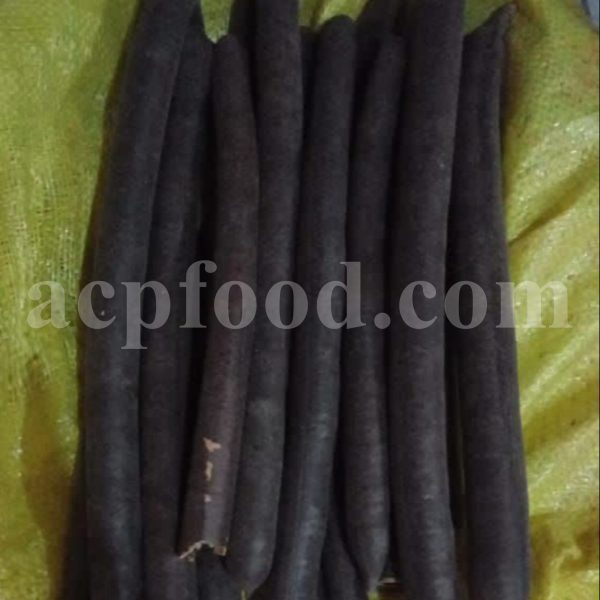
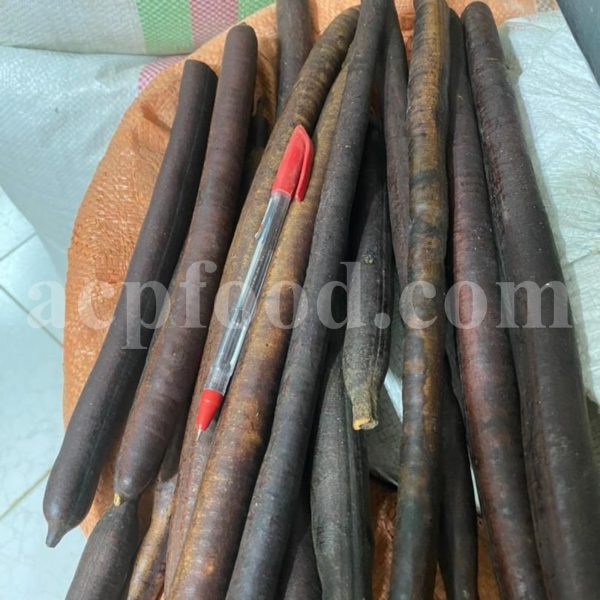
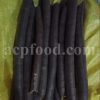
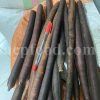
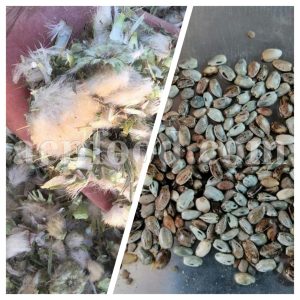
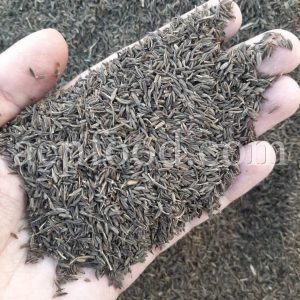
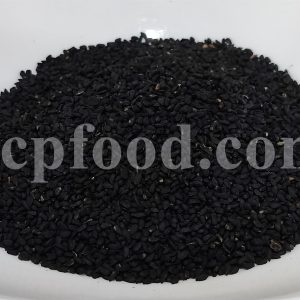
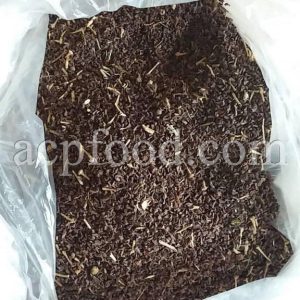
Reviews
There are no reviews yet.